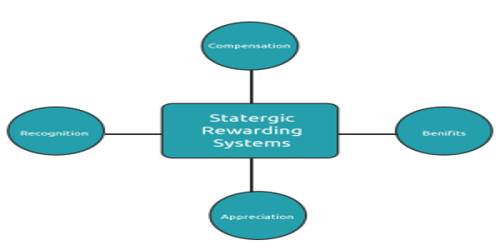Group Decision Making Styles
Group decision making has its own set of models. Each decision making style affects the group in a unique way and has its own best uses. Knowing which style to use in a particular situation can be the difference between success and failure, especially in a business environment.
Autocratic Group Decision Making Style
Autocratic decision making is when the leader maintains total control and ownership of the decision. The leader is also completely responsible for the good or bad outcome as a result of the decision. The leader does not ask for any suggestions or ideas from outside sources and decides from his or her own internal information and perception of the situation. An autocratic decision making style is one in which the leader takes complete control and ownership of the decision. The leader is completely responsible for the outcome that results from the decision, whether that outcome is positive or negative. The autocratic leader does not ask for suggestions or ideas from the team and decides based on their own internal information and perception of the situation.
Advantages include a very fast decision, and personal responsibility by the leader, for the outcome. If an emergency situation exists, the autocratic style is usually the best choice. The disadvantages are varied and sometimes include less than desired effort from the people that must carry out the decision. If the employee is personally affected by the decision but not included when the decision is made, morale and effort may or may not suffer.
Using this method produces a very fast decision for which the leader is personally responsible. In an emergency situation, the autocratic style is often the best choice. The disadvantages can sometimes include less than desired effort from the people that must carry out the decision. If an employee or group member is affected by the decision, but was not included in the decision making process, morale may suffer. If the result of the decision is not positive, members of the group may begin to feel resentful and believe they could have done a better job themselves. This can cause the leader to lose credibility.
Democratic Group Decision Making Style
Democratic decision making is when the leader gives up ownership and control of a decision and allows the group to vote. Majority vote will decide the action. Democratic group decision making can be useful when a quick decision is needed utilizing a minimum amount of group participation. In this style of group decision making the leader gives up ownership and control of a decision and allows the group to vote. As the name implies, majority vote will decide what action is taken. Advantages include a fairly fast decision, and a certain amount of group participation. The disadvantage of this style includes no responsibility. An individual is not responsible for the outcome.
The disadvantage of this style can be a lack of individual responsibility. There is no one person that can claim responsibility for the decision reached by the group. Since there is not a requirement for a consensus it opens up the possibility that someone will deny responsibility because they voted against the group’s decision.
Collective Group Decision Making Style
Collective – Participative decision making is when the leader involves the members of the organization. In this style of group decision making, the leader will involve the members of the organization in all aspects of the decision making process, but makes the final decision alone. The leader deliberately asks and encourages group members to participate by giving their ideas, perceptions, knowledge, and information concerning the situation. This brings to light other perspectives on the situation although the leader maintains complete control of the final decision.
In this group decision making style, the leader is completely responsible for the decision and the results, positive or negative. There are advantages to this style, such as the involvement and participation of the group. This style of group decision making requires the leader to be an excellent communicator, as well as an excellent listener. This gives the leader an accurate understanding of the situation and allows for better overall decision making. The disadvantages collective group decision making are that this can be a very slow decision making process and it offers less security due to the number of people involved in the process.
Consensus Group Decision Making Style
Consensus decision making is when the leader gives up total control of the decision. The complete group is totally involved in the decision. The leader is not individually responsible for the outcome. The complete organization or group is now responsible for the outcome. In the consensus decision making style, the leader gives up complete control of the decision. The whole group is totally involved and invested the decision. There is no individual responsibility for the leader using this type of group decision making. This style differs from the democratic style because everyone must agree on the decision. If there is not total agreement by everyone the decision becomes democratic.
This type of group decision making fosters a strong group commitment because everyone involved has a stake in the decisions success. By involving everyone completely this decision making style has a high probability of success. It is, however, a very slow process and it can be difficult for a group to learn to work together in this manner. This is a useful decision making style for a group that will be together for a long period of time such that the members can develop a strong, long term, professional relationship.
Information Source:
















